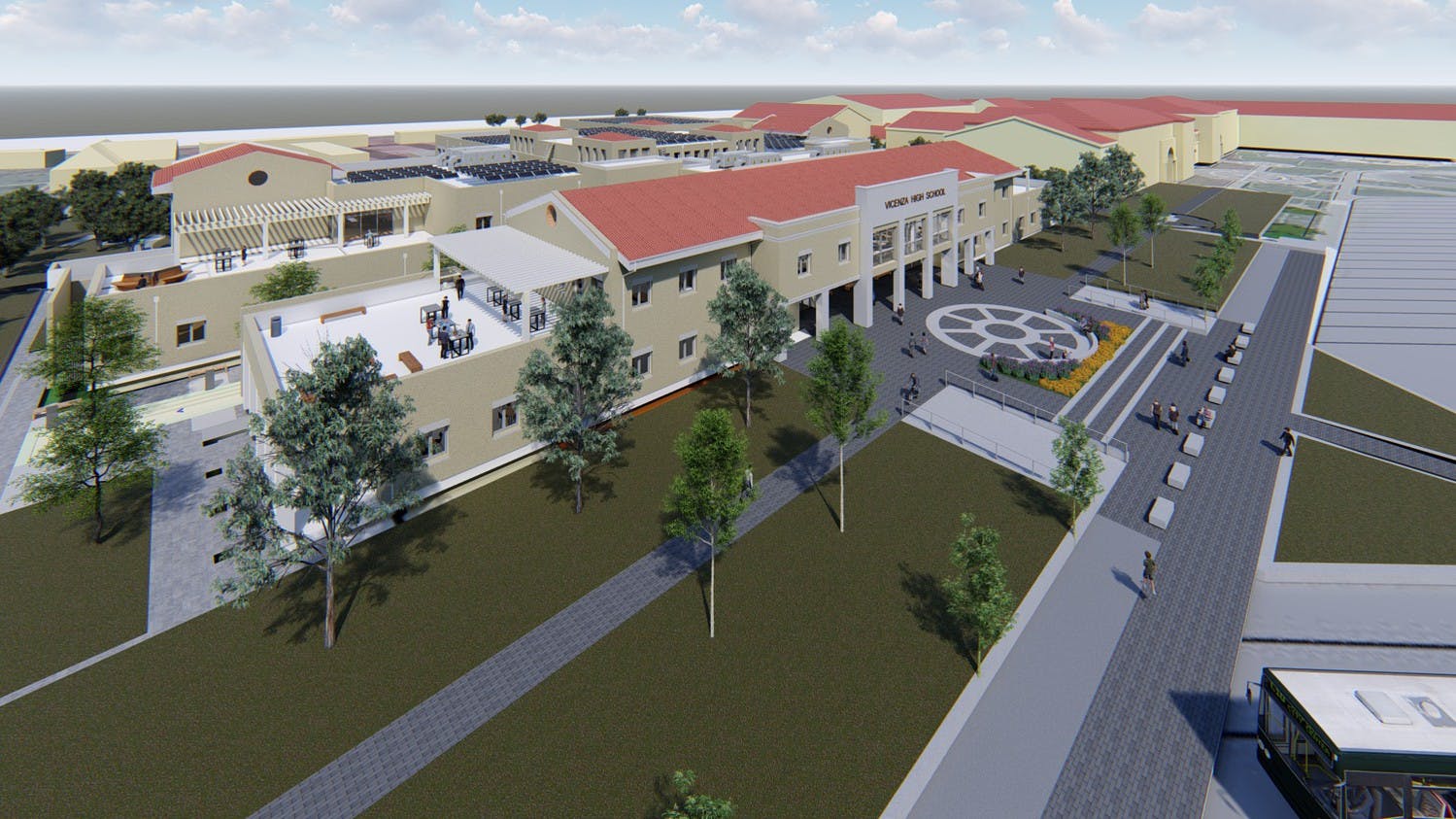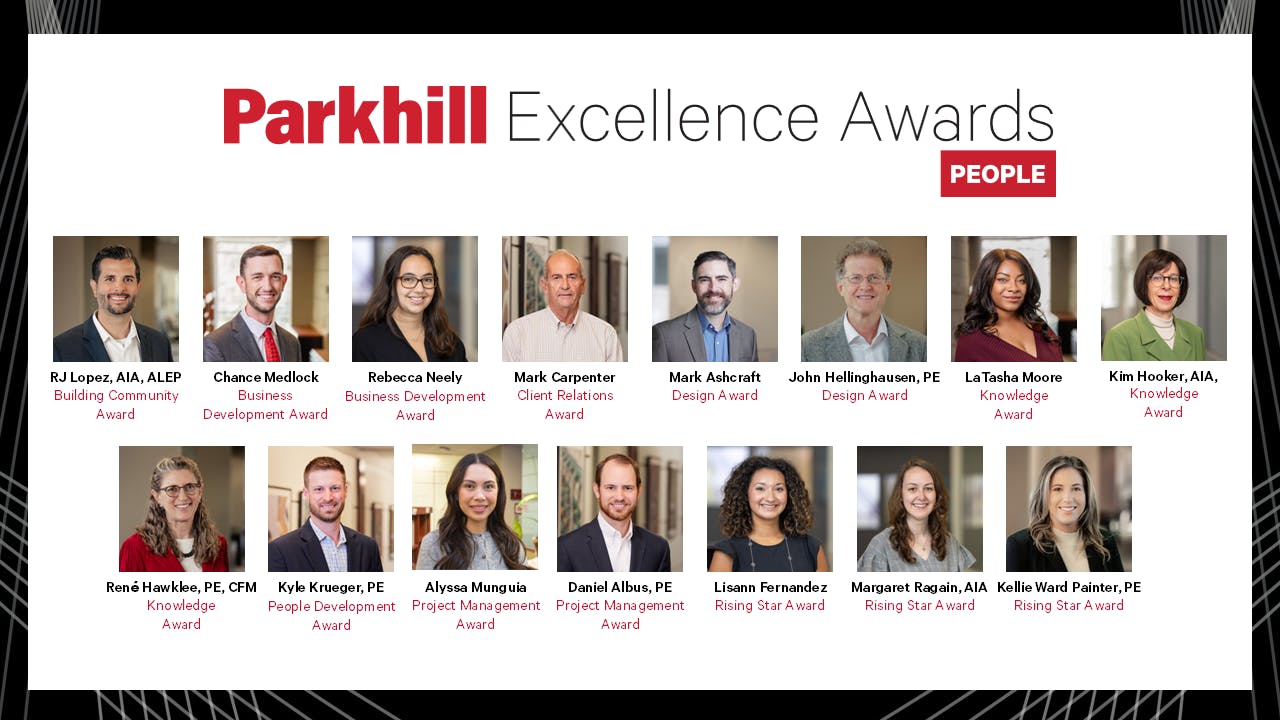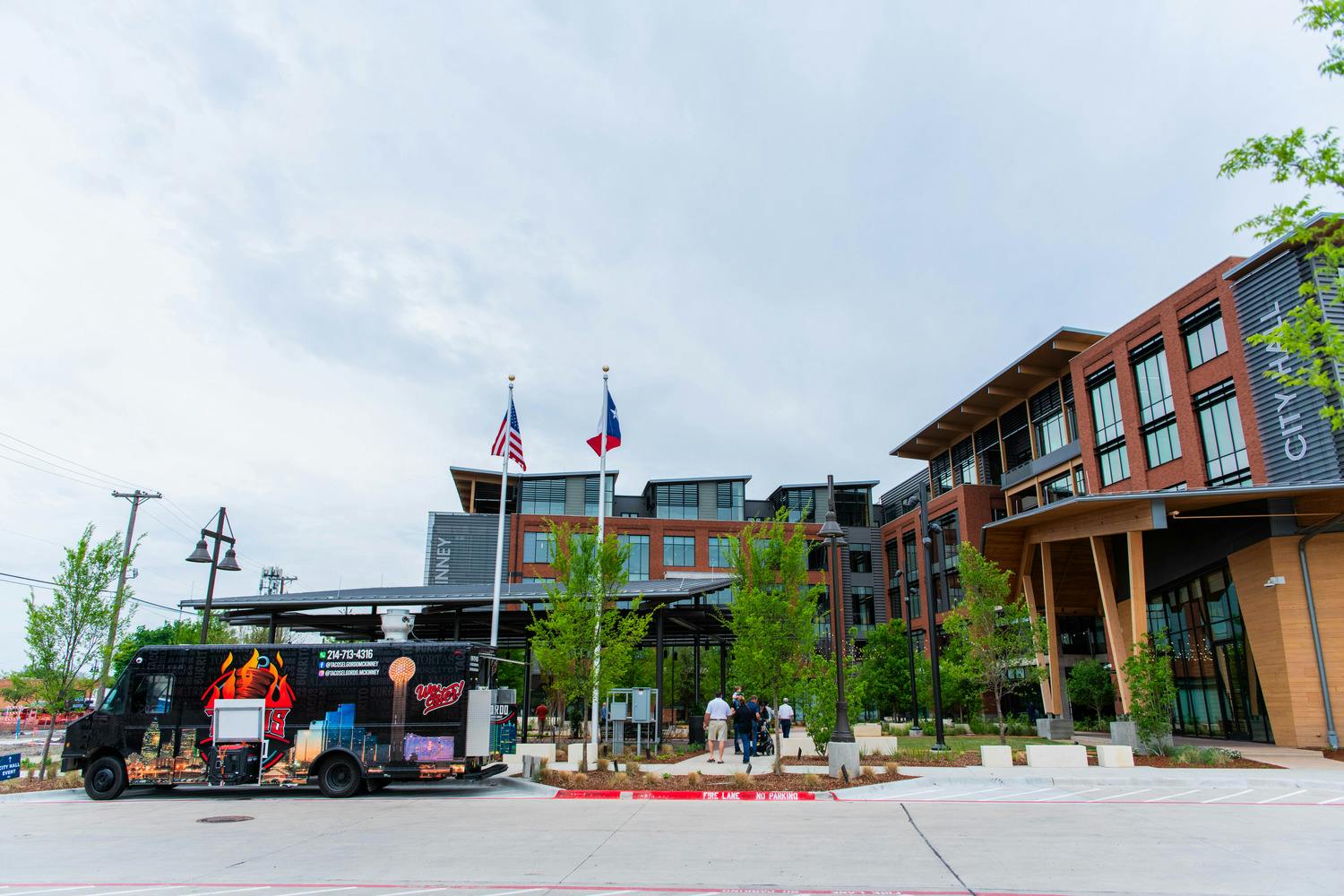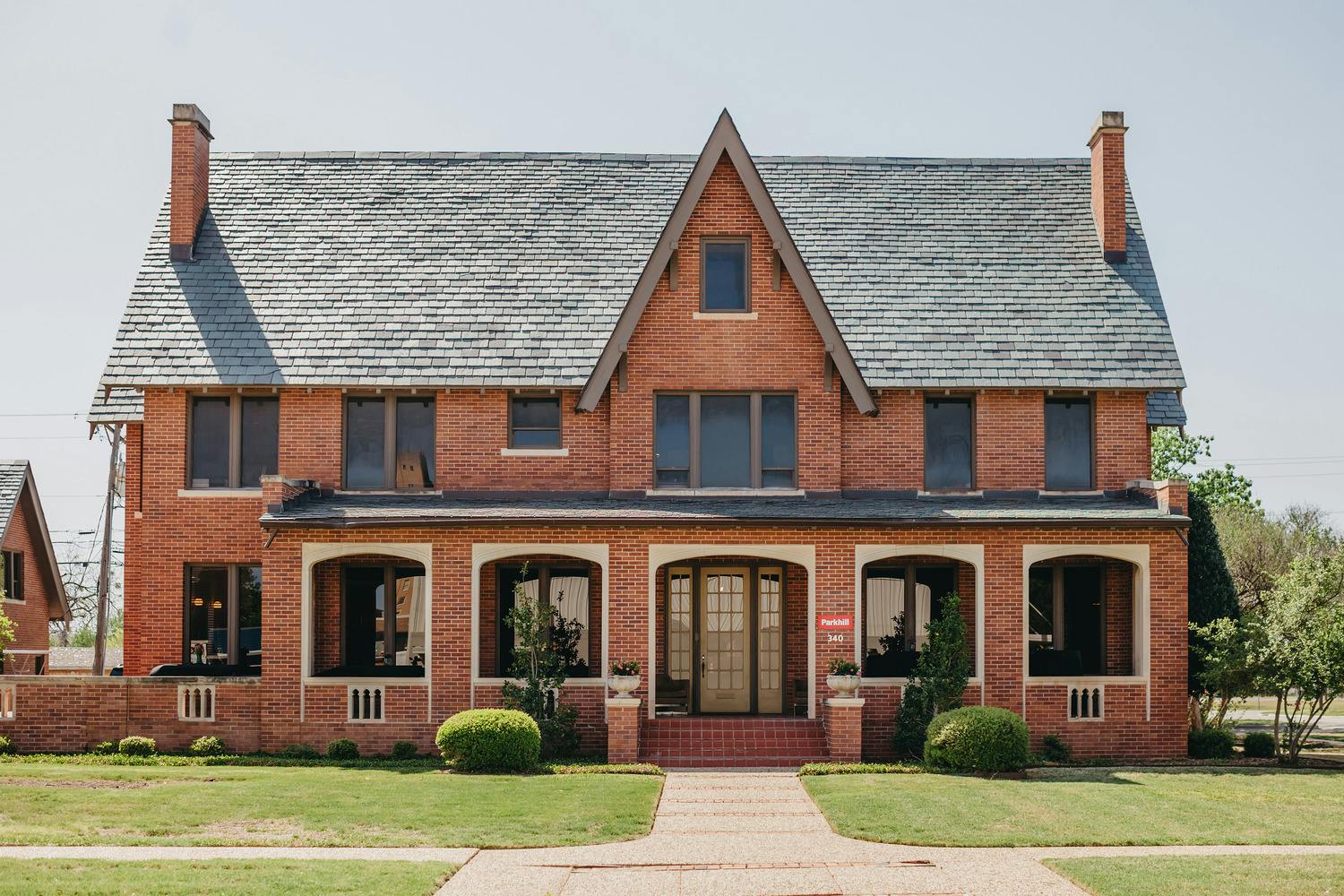K-12 Design: Get to Know Mike Baker
Category: K12 Education
Written By: Valerie Edgren
Date: October 27, 2021
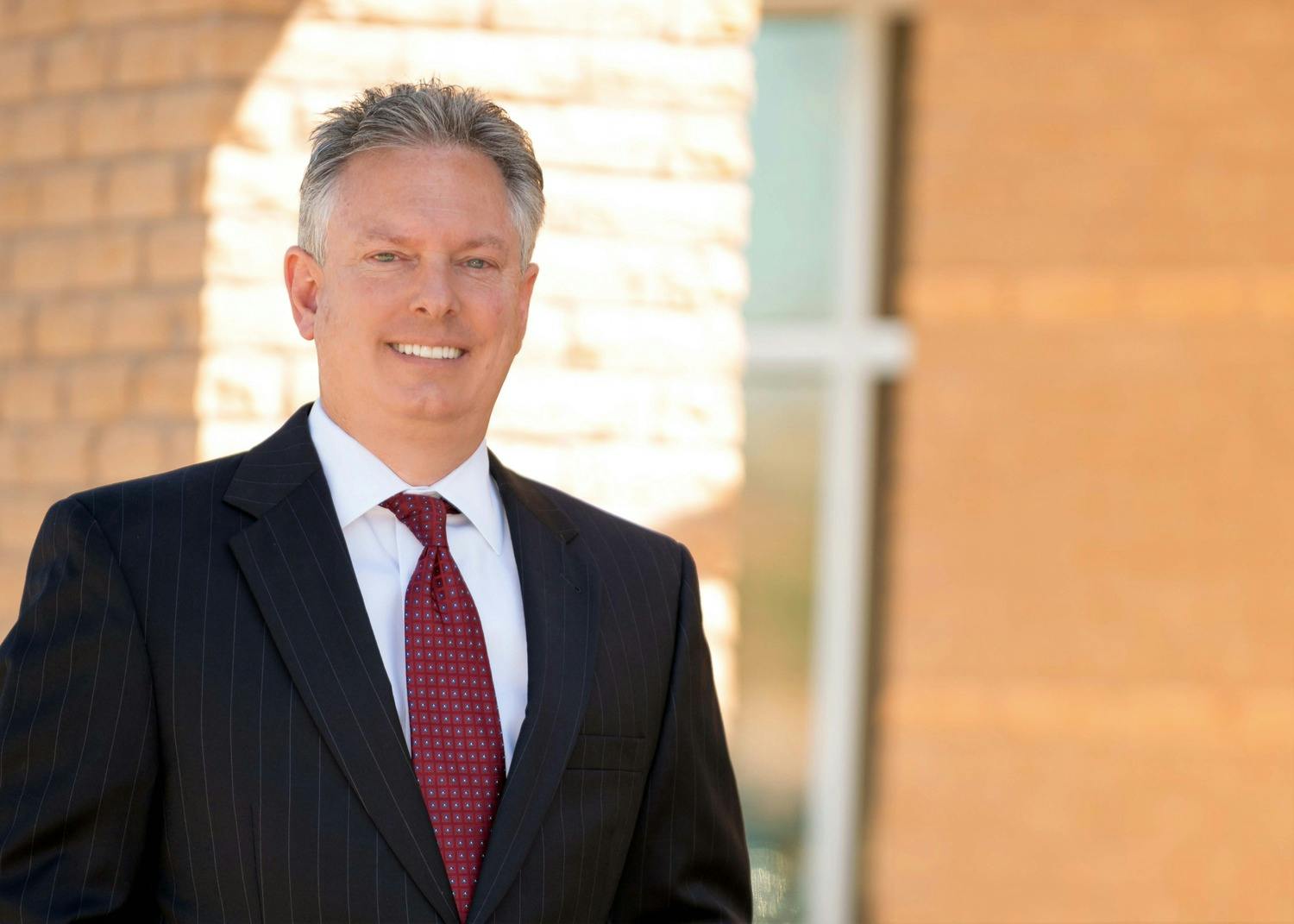
Mike Baker, AIA, is a Firm Principal and the Director of Design for the K-12 Practice. Mike has worked for K-12 clients for 30+ years. His passion is not only about the design of each school but how K-12 teams utilize planning resources as they proceed through each design exercise.
What are the values that set Parkhill apart?
- Enduring Relationships: Over the years, working with K-12 clients, I’ve made some good friends. Several of my K-12 colleagues and I still meet with retired clients for breakfast!
- Humble Leadership: Many K-12 clients have never been through the process of designing a facility. It can be an intimidating process for them. Parkhill understands this. At the heart of what we do best is listening first, then asking questions and offering input when we feel comfortable the client has had their chance to dream. I think humble leadership comes naturally to Parkhillians!
What Project has given you a passion for your expertise?
Vicenza High School inspired me more than any other project. Working in Italy was obviously inspirational. The Parkhill team got to visit some of the greatest Renaissance architecture in the world. It was the part of my college education that I couldn’t afford to see while in school. More importantly, working for DoDEA and especially the students who are dependents of the soldiers stationed at Camp Ederle, Italy, was eye-opening.
Part of our design process was interviewing the students who occupied the current high school. What really struck me was how passionate they were about influencing the new high school design, not for themselves but for future students. The Parkhill team sensed that they had a high level of concern for their fellow students, often looking out for each other’s wellbeing. Their concern extended forward to the students yet to attend high school. DoDEA students endure stresses such as having a parent deployed, hearing news of casualties, moving frequently, and leaving friends behind, as well as not being able to drive in their host country, meaning their social lives are mostly limited to activities on their installation. Vicenza High School students often mentioned how they missed the lives of their peers attending public schools at home. DoDEA students, as well as public school students, endure many stresses. When I and our K-12 team members understand this, I think we are inspired not just to give them a building but to ensure students have an environment in which they can thrive.
What are some of the honors, awards, or fascinating experiences in your career?
I was part of Parkhill’s architecture team invited by the Department of Defense Education Activity (DoDEA) to develop its 21st Century Educational Specifications and analyze their impact on school design. At the first planning conference were education experts from Apple, Cisco, Oracle, and Nike, as well as some great Parkhillians, Robert Rollo and Jay Edwards. What an honor to be included with Jay and Robert!
In 2012, I presented The Influence of 21st Century Education Principles on K-12 School Facility Design to my peers at the Texas Society of Architects annual convention in Austin, Texas. This opportunity to present was a direct result of Parkhill’s collaboration with our DoDEA client.
What is the next challenge in the K-12 field?
K-12’s ongoing challenge has been designing ways our facilities can adapt to future educational trends. Seeing into the future is not easy, but designs need to be flexible and adaptable to meet how teachers deliver their curriculum, not just today but in five or 10 years. Student health and wellbeing are obviously on everyone’s mind today. Not only because of the pandemic, but daylighting, acoustics, thermal comfort, and the psychological need for safety and security are concerns that more and more challenge the way we design.
Looking forward, where do you see your industry or practice area going in the next 20 years?
It’s hard to see that far in the future, but I’m positive it involves energy efficiency, resource conservation, durability, resilience, and maximizing our projects’ integration into the community fabric.
